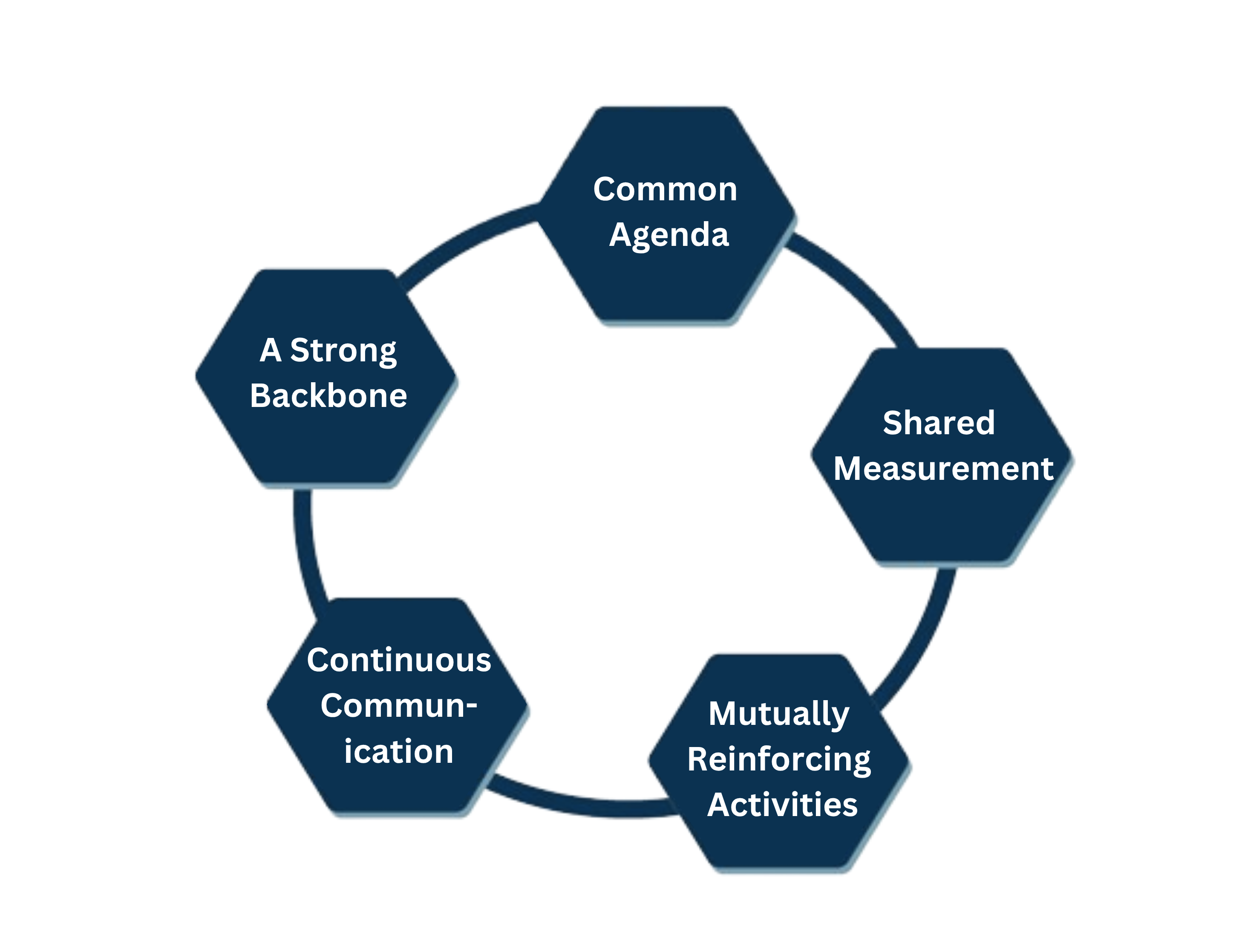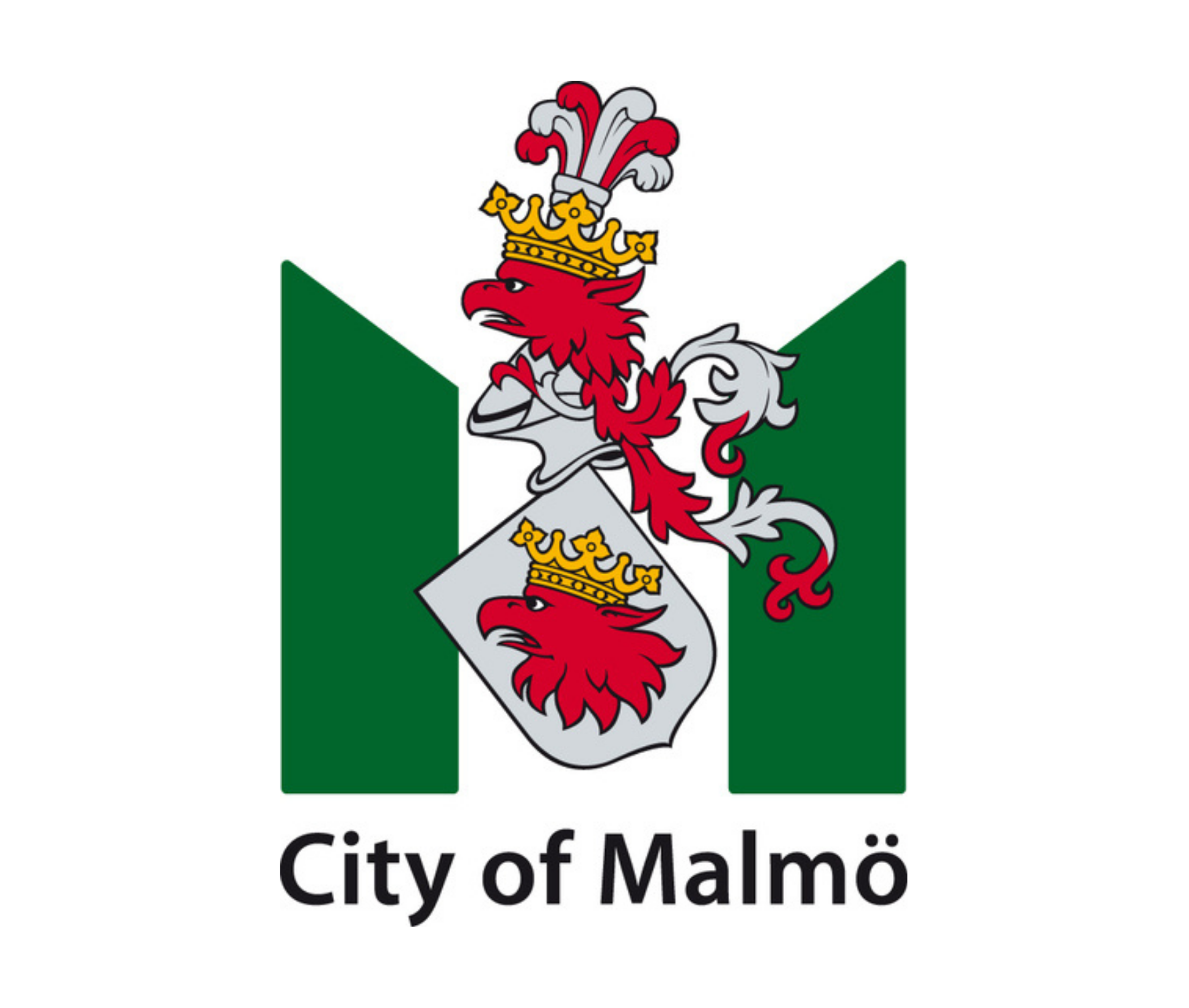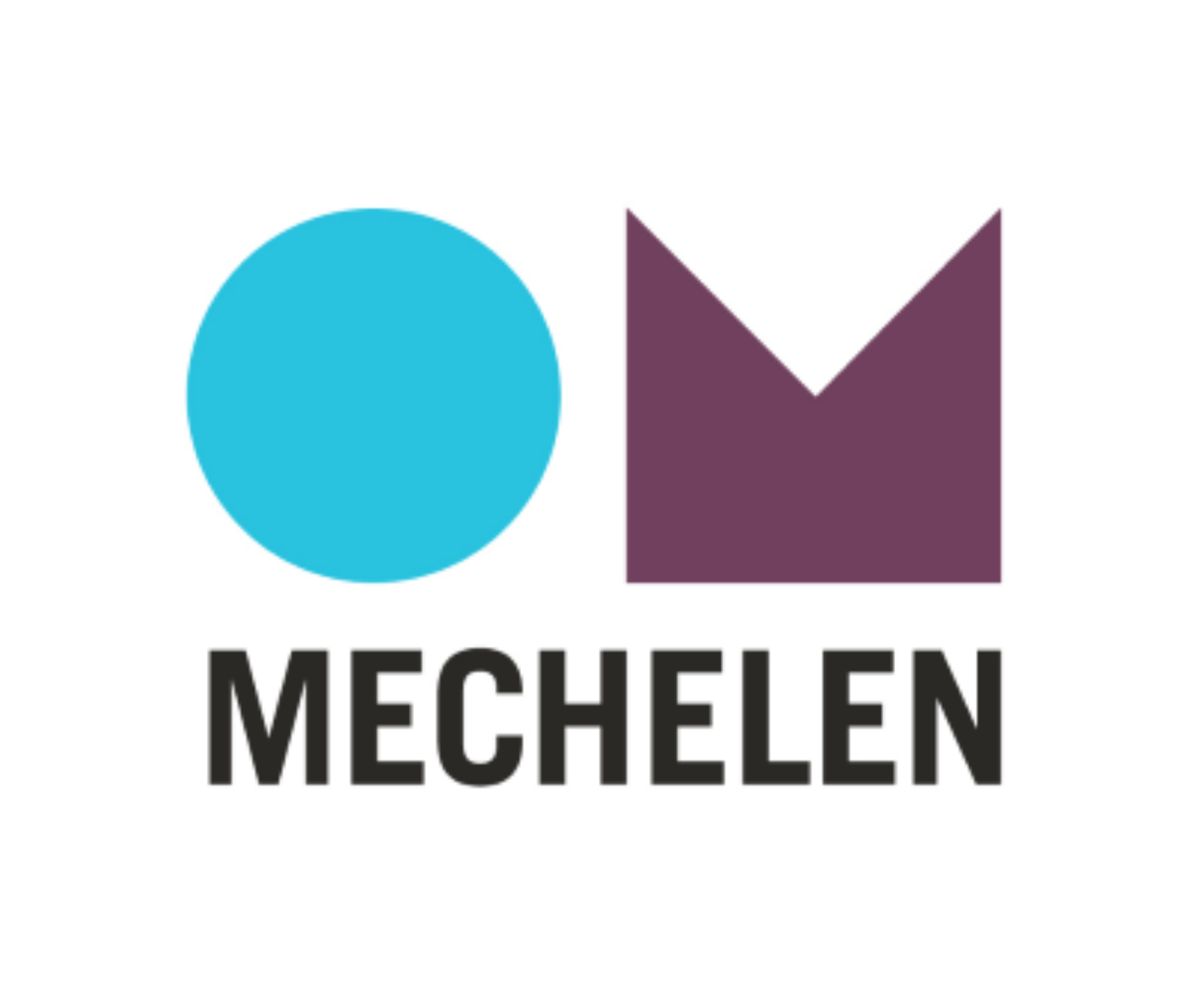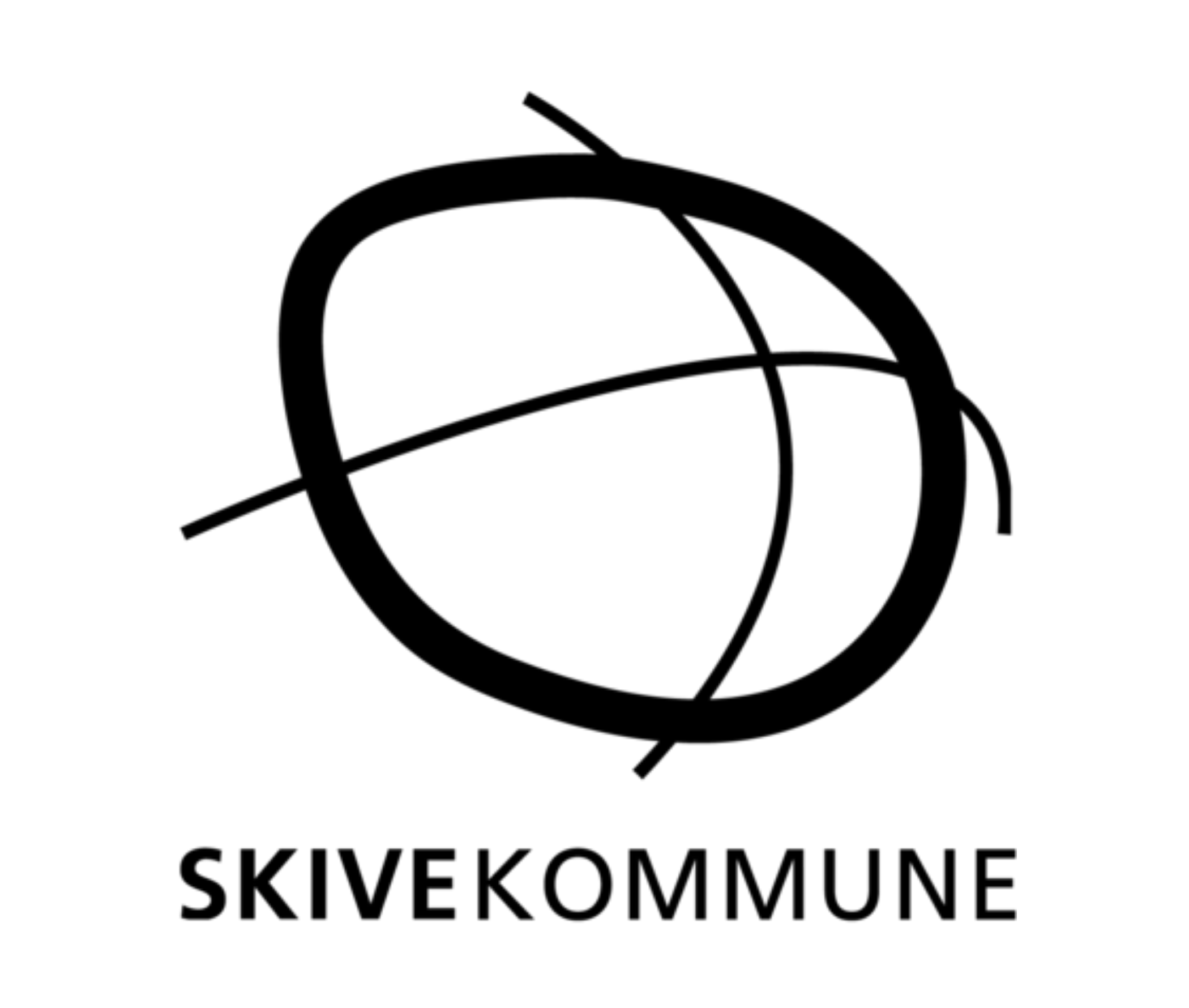The Hannah Arendt Institute has just published its report on the Collective Impact Model (CIM)! This report outlines how the CIM was applied in three of Speak Up’s partner cities: Malmö, Mechelen, and Skive. It combines clear theory with on-the-ground practice, offering tools, inspiring case studies and candid lessons. The following article provides a summary of the report, case-study snapshots of the three cities, as well as recommendations and extracts from an interview with lead researcher Katrijn Goossens.
The Collective Impact Model — At a glance
Our societies are at a democratic crossroads. We need new forms of collaboration where citizens, governments, businesses and civil society co-create solutions.
The Collective Impact Model (CIM) is a framework for tackling complex social challenges that no single actor can solve alone. It rests on the idea that lasting change happens when governments, citizens, businesses, and civil society align around a shared motivation for collective action. The model outlines five building blocks to follow: having a common agenda, developing shared measurement tools to track progress, creating mutually reinforcing activities, ensuring continuous communication, and having a backbone organization for support. It also describes three necessary pre-conditions for success: a feeling of urgency, naming “influential champions”, and having adequate resources.

Malmö, Mechelen and Skive — What you’ll learn from each case
The report also includes three in-depth case studies, each mapped against the building blocks, with honest reflections on both successes and struggles. The research combined desk study and interviews, then used thematic analysis to identify lessons across cases.
Malmö (Sweden)

Malmö has set itself an ambitious mission: becoming a climate-neutral city by 2030. To get there, the city mapped out seven transition areas—from renewable energy and sustainable mobility, to climate-smart consumption and circular construction. For each area, roadmaps chart the course, with milestones, indicators, and regular reviews to keep everyone on track. What makes Malmö stand out is the sheer breadth of participation: nearly 300 organisations and companies have signed up to the city’s climate contract, working side by side with government and citizens. The message is simple but powerful: every resident of Malmö is part of the solution.
What inspired me most is how long-term the vision is. They’re not chasing quick wins; they’re building a sustainable framework for decades to come. It shows just how powerful the model can be when you embrace it fully.
Mechelen (Belgium)

In Mechelen’s Arsenaal district, the city is tackling three challenges at once: better housing, stronger community ties, and safer streets. The approach follows the Collective Impact Model, with a core team and a steering group working hand in hand to coordinate the effort. To understand local needs, they mapped out 86 key indicators and knocked on doors to hear directly from residents. One of the most inspiring results is the A-team: a programme that offers paid internships to vulnerable young people, guiding them toward future jobs in prevention and safety—helping the neighbourhood while investing in its youth.
Skive (Denmark)
 In Skive, climate action begins at the village square. The municipality invites residents to take the lead, linking climate goals with community life. Each cluster of villages sets up its own coordination group, shaping a local agenda through Fremtidsbutikken—creative workshops that spark ideas and mobilise neighbours. Out of these sessions grew projects like the Climate Ring, a green route connecting villages, as well as repair cafés and lively climate education events. The energy is there; the next step is to build a shared measurement system so the community can see and celebrate the impact of their efforts over time.
In Skive, climate action begins at the village square. The municipality invites residents to take the lead, linking climate goals with community life. Each cluster of villages sets up its own coordination group, shaping a local agenda through Fremtidsbutikken—creative workshops that spark ideas and mobilise neighbours. Out of these sessions grew projects like the Climate Ring, a green route connecting villages, as well as repair cafés and lively climate education events. The energy is there; the next step is to build a shared measurement system so the community can see and celebrate the impact of their efforts over time.

Recommendations — What municipalities can take away
Finally, the report also outlines a practical roadmap, filled with lessons learned and recommendations tailored for local governments. Katrijn Goossens outlined the main points that should be kept in mind when striving for collective action:
- Name the urgency and champions. Make the case for change visible and rally a small group of influential leaders.
- Build a backbone early. Even a compact team with clear roles (coordination, data, communications, partner engagement) can keep momentum alive.
- Co-create the shared agenda. Map stakeholders, host structured conversations, and evolve toward a simple, shared vision.
- Design measurement for learning. Start early, budget for it, use both numbers and stories, and track both short- and long-term progress.
- Make activities reinforce each other. Let each partner contribute where they are strongest, creating visible wins.
- Communicate continuously. Combine formal check-ins with informal contact—street-level presence, quick chats, constant updates.
Set up good communication channels, measure your progress, and—maybe most importantly—be patient. Impact doesn’t appear overnight; it grows when you nurture all the building blocks consistently.
Curious to hear more from Katrijn Goossens, lead researcher from the Hannah Arendt Institute, about the model and her experience throughout the research process? Click here for the full article and interview posted on the Hannah Arendt Institute website.
Finally, the CIM report is free for all to download! Click the icon below to access it yourself.
